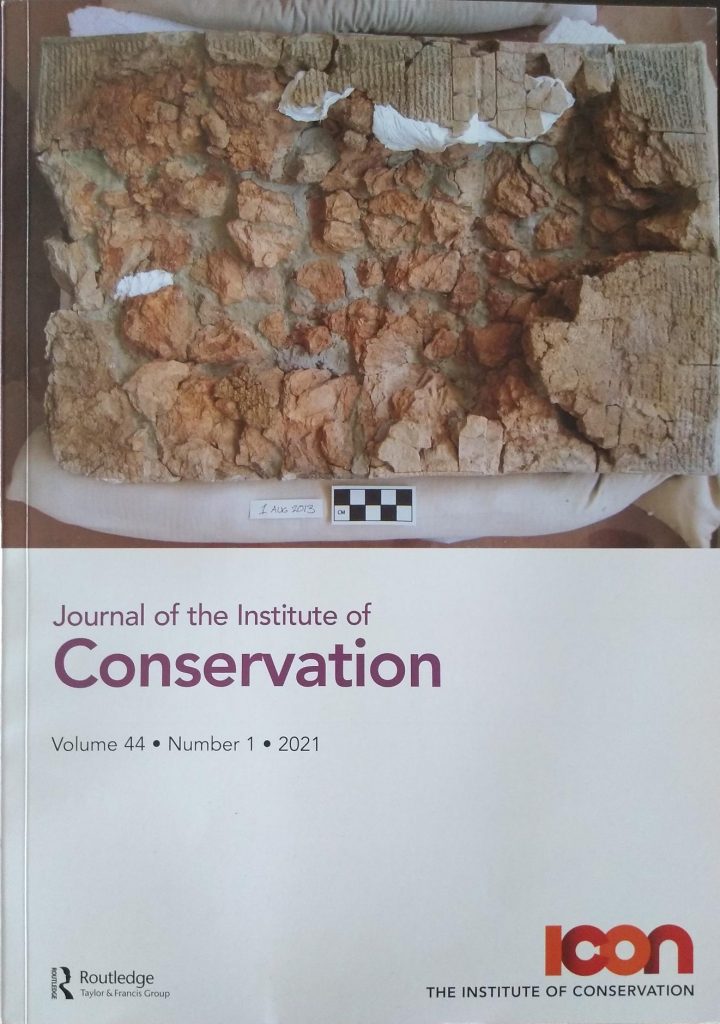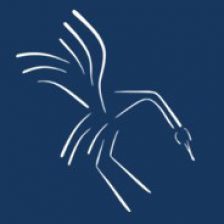By Julie Unruh and Cricket Harbeck
Reposted from Journal of the Institute of Conservation, Vol. 44, No. 1, 2021
Abstract
Conservation treatments are optimally informed by consideration of all options and materials, with time dedicated to research, analysis and testing, and performed with the benefit of an adequate budget and time frame that allows for a careful treatment. In practice, treatment decisions are often crucially shaped by other factors, including the availability and accessibility of materials and equipment, the experience and treatment habits of the conservator, budget constraints, time available for research and testing, treatment deadlines, and the needs of or requests from invested parties. This article discusses the treatment of a seventh century BCE clay cuneiform tablet that was conserved at several different venues over five field seasons at the Tayinat Archaeological Project in Turkey. It focusses on treatment decision-making in response to limited resources, deadlines, and research and display needs, with the intent of adding to the growing body of conservation literature that investigates how conservators problem-solve.

